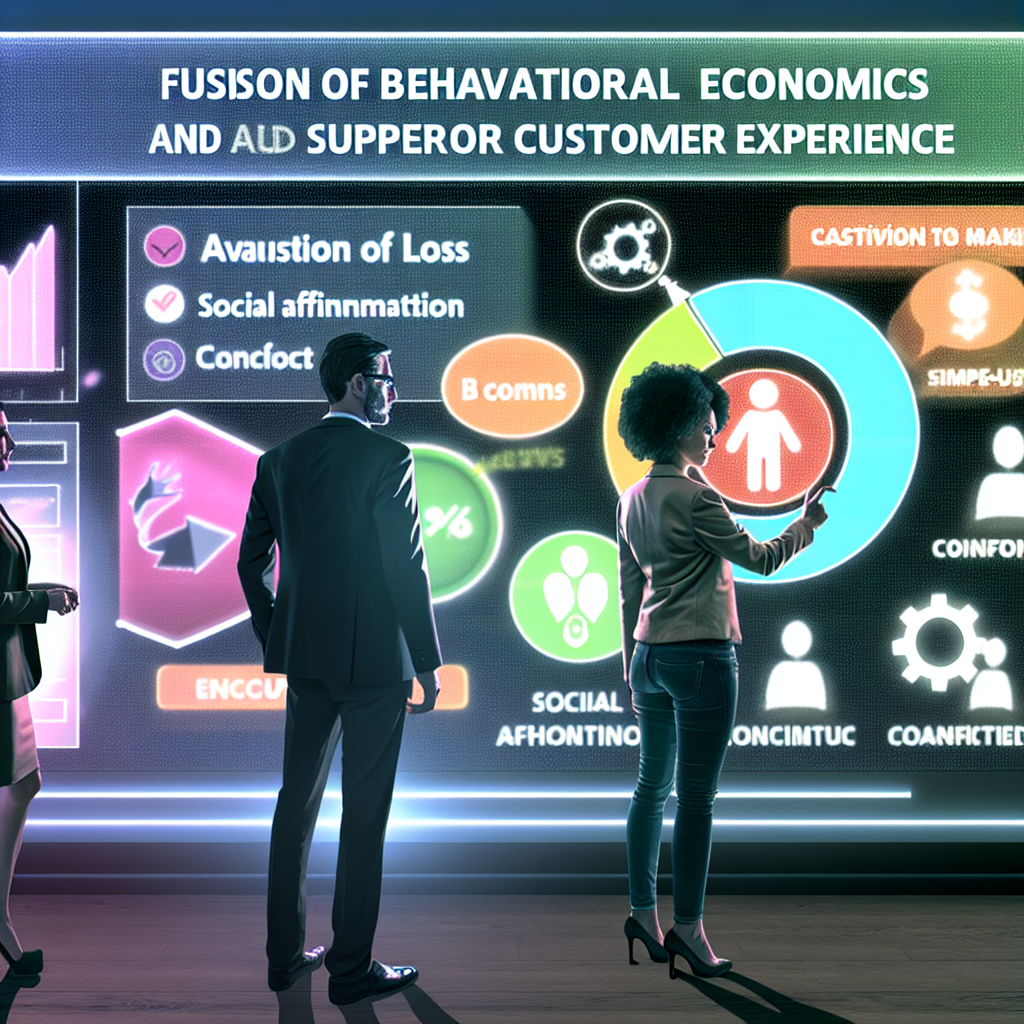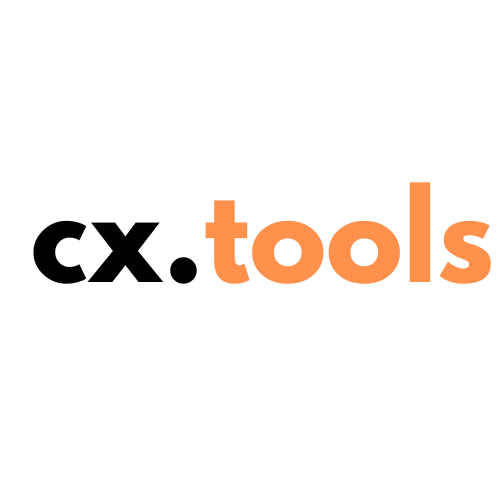
Understanding the basics of behavioral economics can significantly enhance customer experience (CX). The insights gained from behavioral economics allow businesses to better understand customer behavior and decision-making processes, leading to more effective CX strategies.
Behavioral economics combines elements of psychology and economics to understand how individuals make decisions. Unlike traditional economics, which assumes rational decision-making, behavioral economics recognizes that human decisions are often influenced by biases, emotions, and social factors.
Understanding these factors can help businesses predict customer behavior and design experiences that influence positive decision-making. For example, knowing that customers tend to stick with default options can inform how you present choices in your services.
There are several key concepts in behavioral economics that are particularly relevant to improving customer experience:
Businesses can implement behavioral economics principles to improve various aspects of customer experience:
Personalization: Leveraging data to tailor experiences based on individual preferences, thereby enhancing satisfaction and loyalty. For instance, recommending products based on past purchases or browsing history can make customers feel understood and valued.
Choice Architecture: Designing the way choices are presented to influence customer decisions favorably. Simplifying complex decisions by limiting options, or setting beneficial defaults, can reduce decision fatigue and improve overall satisfaction.
Incentives: Offering rewards and incentives aligned with customer motivations and behavior patterns. Providing exclusive offers or loyalty programs based on purchase history can encourage repeat business and deepen customer engagement.
Many successful companies have effectively incorporated behavioral economics into their CX strategies:
To assess the effectiveness of applying behavioral economics in CX, businesses should focus on key performance indicators (KPIs) such as:
Regular analysis of these KPIs will provide valuable insights into the success of behavioral economics strategies and help in optimizing future CX initiatives.
By framing communications and offers in a way that highlights what the customer stands to lose if they don’t take action, businesses can motivate customers more effectively. For instance, a limited-time discount can be positioned as a loss if not utilized, encouraging quicker decision-making.
Tools like Google Analytics, Hotjar, and customer feedback platforms provide valuable data to understand how customers interact with various touchpoints. Analyses from these tools enable businesses to fine-tune their CX strategies based on observed behavior patterns.
For more insights on behavioral economics and its application in enhancing customer experience, visit the Behavioral Economics website.
